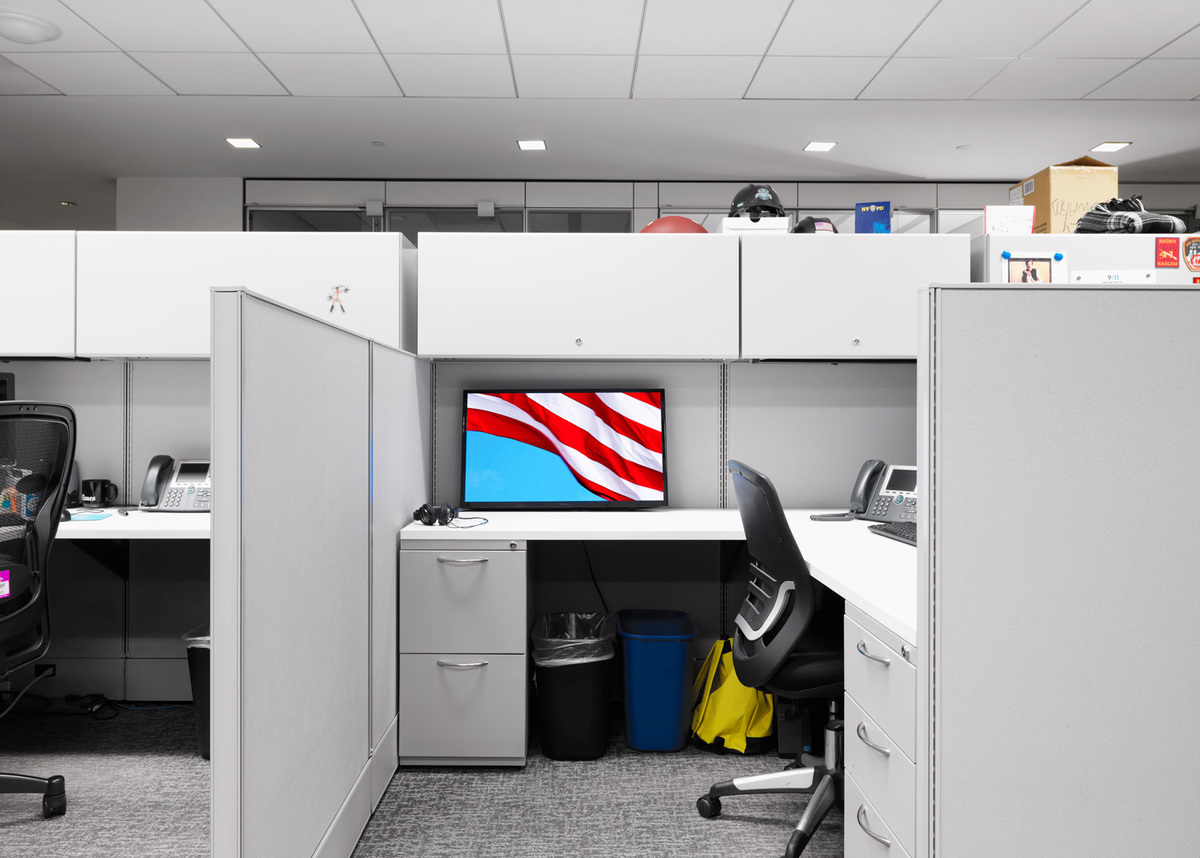[ad_1]
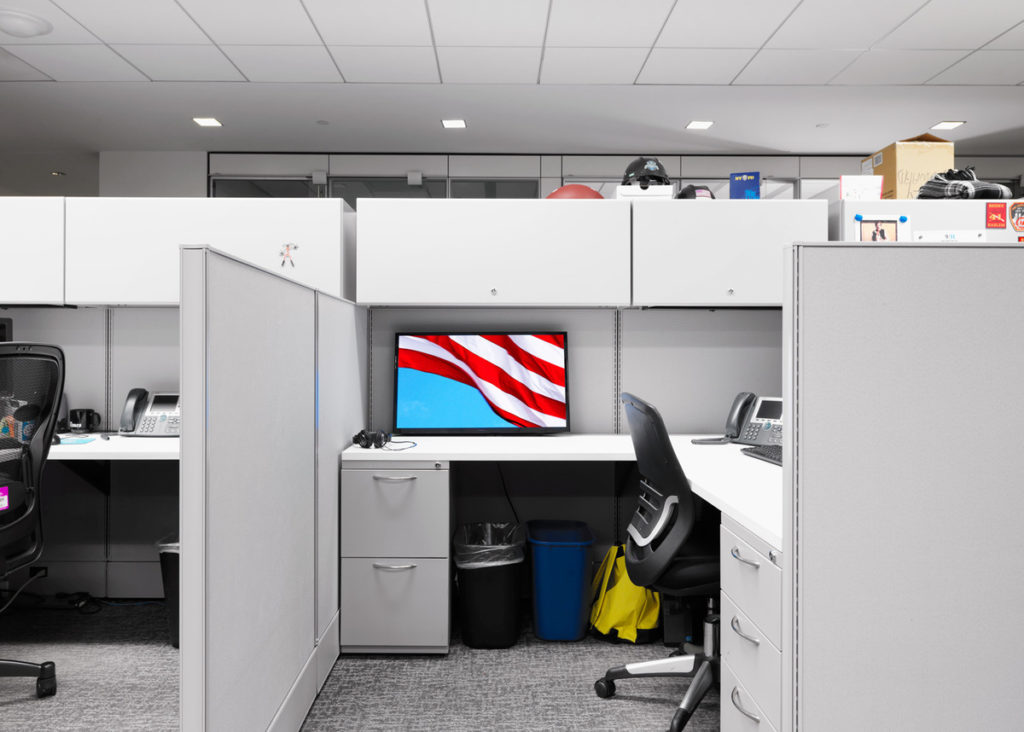
Installation view of “Clynton Lowry: Tony and His World,” with his video work Flag (2011/19) on view.
COURTESY MELANIE
“Art of the City” is a weekly column by Andrew Russeth that runs every Tuesday.
A Gallery Above Ground Zero
Over the past few years, art galleries have opened in some fairly unorthodox locations: a bulletin board in a dumpling shop, a cat tree, a 2006 Toyota Scion, even a trash can. Now there is one in a cubicle on the 16th floor of a tall office building in downtown Manhattan that looks over Ground Zero. It is called Melanie, and it just finished its third show.
The office it calls home belongs to the National September 11 Memorial & Museum, and one recent evening it was quiet and still. All of the museum’s staffers had left for the day. The gallery’s founder, an artist named Joe Graham-Felsen, turned on a screen next to his computer. Once it came to life, a video by Tracy Molis appeared, showing her waxing the bronze parapet that surrounds the Michael Heizer–like waterfall memorial down below, where the World Trade Center’s South Tower once stood. During the day, that long bronze plaque receives a fair amount of wear and tear—people touch and make rubbings of the names printed on it. Every night, workers carefully clean them.
“As an artist, I have thought a lot about the site and the events of 9/11 and memorialization,” Graham-Felsen said, watching the video. He is tall, soft-spoken, and 35 years old, and he was a junior in high school in Boston when the tragedy occurred. In December 2001, he visited the site for the first time, and he kept returning to it and studying it in subsequent years.
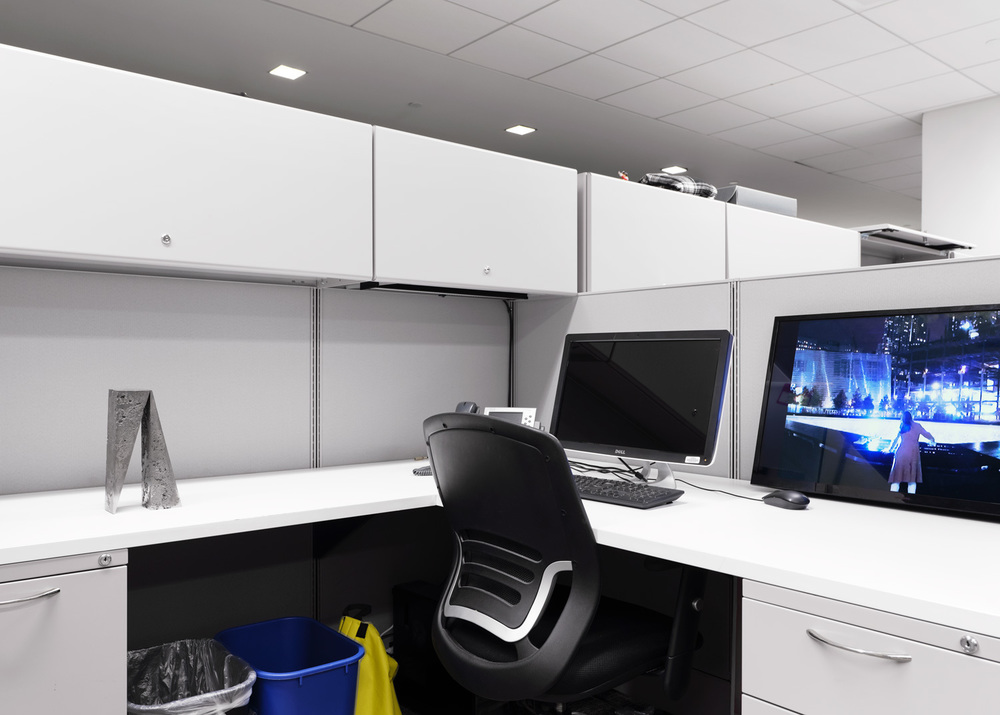
Installation view of “Tracy Molis and G William Webb: Life Instinct” at Melanie, New York, with work by Webb at left and Molis at right.
COURTESY MELANIE
When he got a job in the museum’s conservation department last year, “I was excited about the opportunity to embed myself within this organization,” he said later, in an email, “to help care for the objects in the collection and to really understand the activity involved in presenting the history of 9/11, honoring the victims, and memorializing the events.”
Sitting nearby on his tidy desk, just above a filing cabinet, was the other half of the show: two small, rough-hewn steel wedges by G. William Webb—one delicately balanced against the other—that would not look out of place at the solemn museum, burrowed hundreds of feet below ground, which has wreckage and artifacts from the disaster and its aftermath.
All of the work that Graham-Felsen shows at Melanie resonates in some way with its charged location. Speaking with friends and acquaintances, he explained, “I realized there is a broader conversation with a lot of artists that deal with this subject matter. This was an interesting opportunity to bring that work to the fore and into this context.”
Melanie’s first show, which ran late last year, consisted of nearly pitch-black photographs of the area by the New York–based artist Matthew Booth. That one was something less than authorized. “I just did it at first, and I was a little bit nervous,” Graham-Felsen said. Soon enough, though, he asked for, and received, permission to keep doing exhibitions at his compact workspace. (His programming is not in any way affiliated with the memorial and museum, he emphasized.)
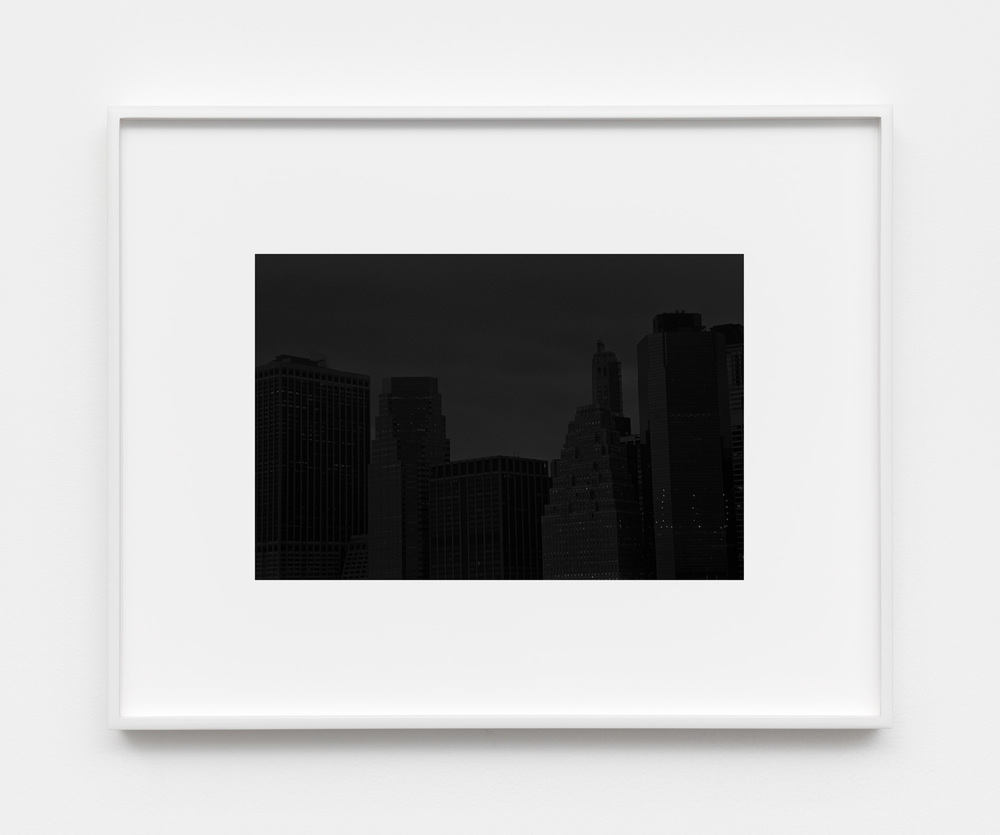
On view at Melanie earlier this year: Matthew Booth, Evening, Lower Manhattan, NY, 2016/2018, mounted inkjet print in powder-coated aluminum frame, 14.5 × 11.5 × 1.25 in.
COURTESY THE ARTIST AND MELANIE
Running Melanie (the name of the cubicle’s previous occupant, which Graham-Felsen found on an old seating chart) requires some careful logistical work—and some compromises. Because of the security restrictions of modern offices (not to mention the fact that he has a full-time job), the gallery has no public hours. His work colleagues sometimes swing by his desk to see and discuss the shows, but most people view them online. When an exhibition is up, he keeps his desk free of clutter, except for copies of its press release. “I’ve gotten very good at using my desk drawers, careful not to have any errant items on the desk surfaces,” he said.
Its shows also do not occur at quite the frequency of a standard gallery, but Graham-Felsen is in the process of finalizing plans with more artists. “Though it’s 18 years on, the great shift that took place in the aftermath of the 9/11 still guides our daily lives,” he said, “and we need artists to continue to help us process that change.”
Like a lot of intriguing art, and like a lot of worthwhile galleries, Melanie seems to have taken on life of its own, slipping away from any straightforward explanations for its existence. “I wanted to present art in this space to show how it can engage difficult subject matter and reveal new ideas about the world we live in, our history, our memorial practices, our political machinations,” Graham-Felsen said at one point. But later, he admitted, “Sometimes I feel like I’m conducting a research project of which the outcome is unknown.”
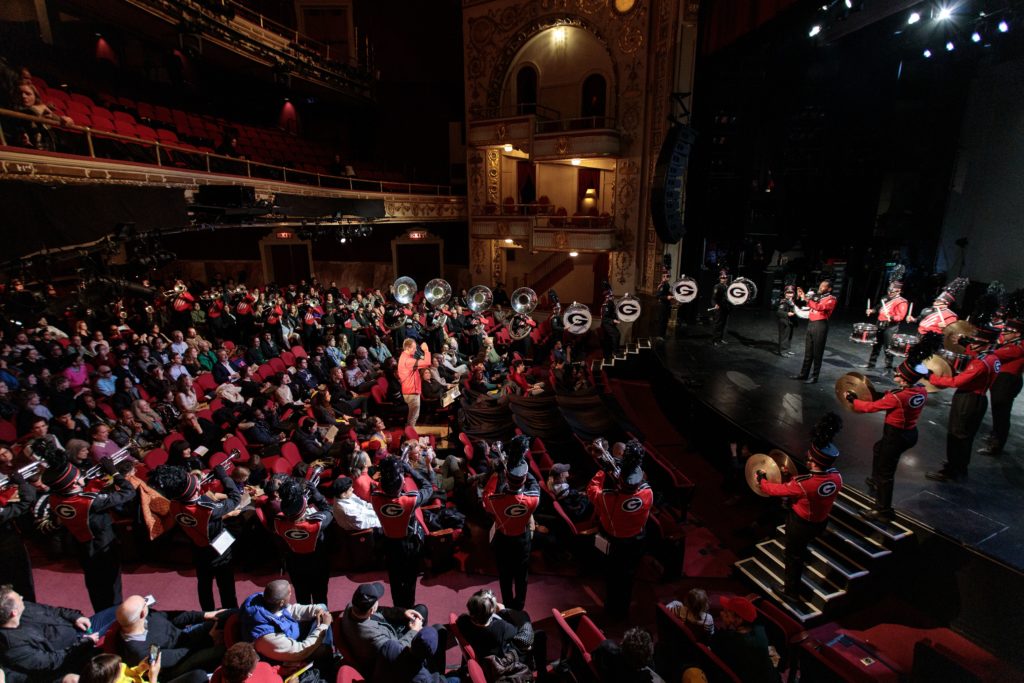
Performance view of Paul Pfeiffer’s University of Georgia Redcoat Band Live, a Performa work co-commissioned with VIA Art Fund for the Performa 19 Biennial. The project was curated by Kathy Noble.
WALTER WLODARCZYK
Night at the Apollo
In what has to be a first, a sizable portion of the New York art world—noted curators, artists, dealers, and the like—stood together for “The Star Spangled Banner” last night at the Apollo Theater on West 125th Street in Harlem, some even placing their hand on their heart and singing along. With a 50-person-strong division of the Georgia Redcoat Marching Band providing the music, arrayed along the aisles and stage of the storied space, it was futile to resist the magnetism of the moment.
The man responsible for it all was the ingenious Paul Pfeiffer, a former chair of the University of Georgia’s art department, who asked the band to play a full football game’s run of music (2-and-a-half hours) as his contribution to the ongoing Performa biennial. On a screen that floated over the stage, a live feed of the Bulldogs stadium in Athens showed another 350 or so band members (plus cheerleaders) blasting away, and the New York contingent did a gallant job of playing in sync—toasting imaginary touchdowns, starting and stopping with the course of play, bursting into song and gags, and even doing a little heckling.
Eventually, word spread that everyone could wander around the theater, taking in the action from side rooms, balconies, and the stage (which seemed a touch sacrilegious). People grabbed beers and wine and M&Ms, and nodded along to the Redcoats’ renditions of Led Zeppelin’s “Kashmir” and Kanye West’s “Power,” before settling into seats for the halftime show. Even with no game to watch, it was disturbing just how exhilarating it still was to get caught up in the cues from the band. Victory always seemed one moment away.
The Bulldogs are ranked fifth nationally, and first in the SEC. They play 13th-ranked Auburn on Saturday. One imagines they will have a few new fans rooting them on.
[ad_2]
Source link

